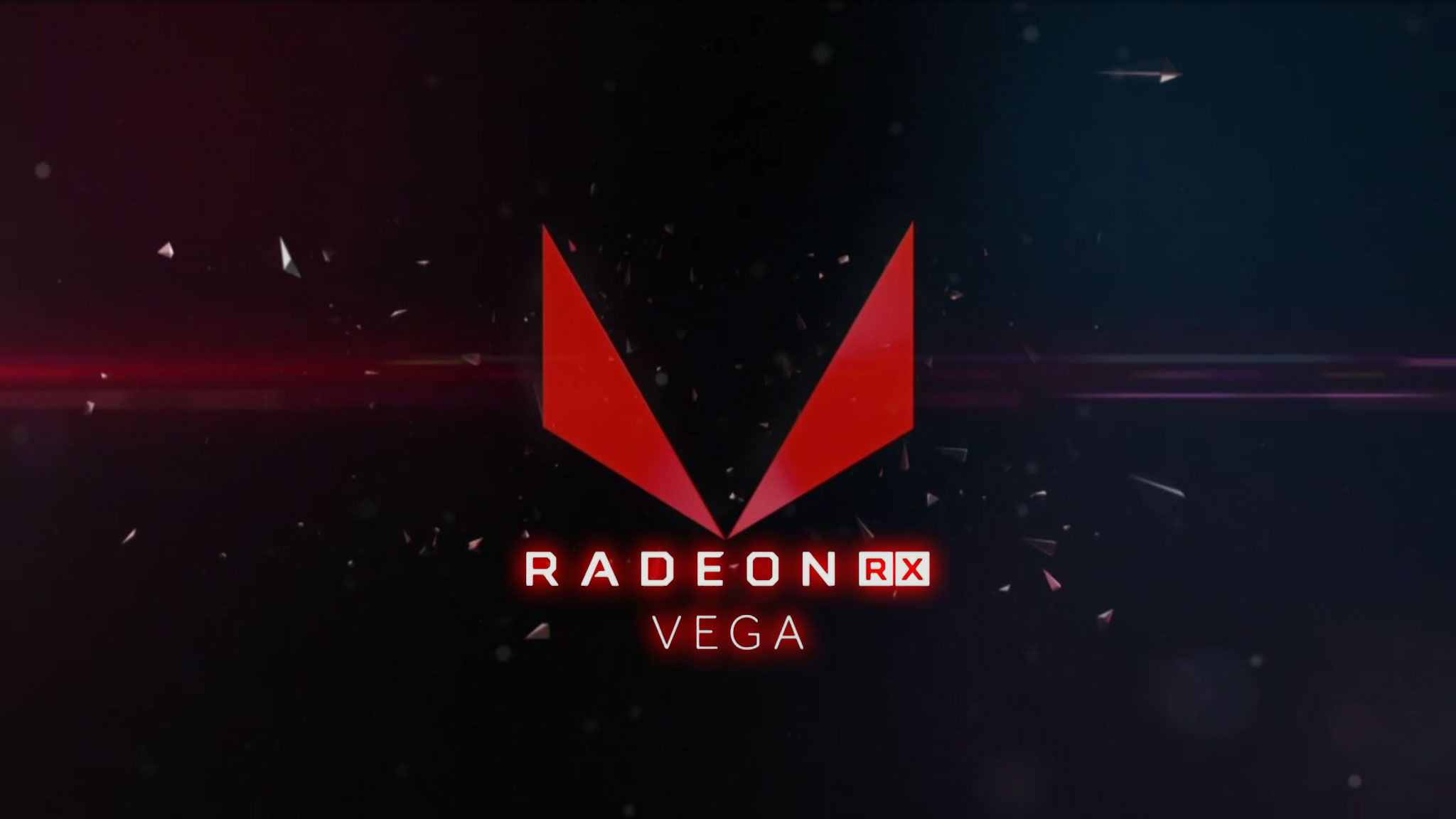AMD RX Vega will come in 4GB and 8GB variants
Architectural enhancements promise better utilization of the VRAM.

Over the weekend, AMD held a tech summit over in Beijing. There wasn't a lot of new information, mostly going over what we already know, and we still don't have an official launch date or price, but AMD did reveal that there will be two different memory configurations for Vega, 4GB and 8GB.
Both will still use HBM2 of course, likely with the same 512GB/s of bandwidth. One of the key architectural points AMD has made concerning Vega is that the High-Bandwidth Cache Controller (HBCC) will enable better use of VRAM, which could mean that even with 'only' 4GB VRAM, Vega will still be able to perform well. And it's not like most games are pushing much beyond 4-6GB of VRAM use, let alone 8GB.
AMD hasn't said if they'll have the same core configurations and clockspeeds, or if there will be multiple levels of performance--something like the R9 Fury X vs. R9 Fury vs. R9 Nano. I would guess we're looking at more than a single configuration with two memory capacities, but if so we'll probably also see a staggered launch, starting with high-end parts.
That's not the only piece of news to come out of the event, though the second tidbit isn't particularly surprising. AMD announced that Vega will also be making its way into gaming notebooks. Here the compact layout of HBM2 compared to GDDR5 could prove an advantage, allowing Vega to potentially fit into smaller notebooks.
That doesn't address the bigger concern with gaming notebooks, however, which is dissipating all the heat the GPU can generate. That's why Nvidia doesn't have the 1070 and 1080 in the thinnest gaming notebooks, for example, and it probably means a fully enabled Vega running at desktop clockspeeds isn't getting into such form factors either.
But the good news is we will see AMD gaming notebooks again, and hopefully with performance and pricing that will bring some much-needed competition back to the market. And when will that be? Some time in the next couple of months.
Videocardz posted the above video of the Vega presentation as well, which is worth a watch.
Keep up to date with the most important stories and the best deals, as picked by the PC Gamer team.
Jarred's love of computers dates back to the dark ages when his dad brought home a DOS 2.3 PC and he left his C-64 behind. He eventually built his first custom PC in 1990 with a 286 12MHz, only to discover it was already woefully outdated when Wing Commander was released a few months later. He holds a BS in Computer Science from Brigham Young University and has been working as a tech journalist since 2004, writing for AnandTech, Maximum PC, and PC Gamer. From the first S3 Virge '3D decelerators' to today's GPUs, Jarred keeps up with all the latest graphics trends and is the one to ask about game performance.


